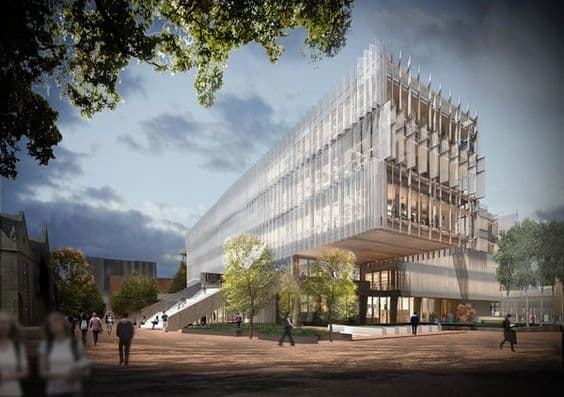3D rendering is a pivotal process in the fields of architecture, design, and entertainment, transforming ideas into visual realities. This guide explores the nuances of 3D rendering, offering insights into its processes and practical advice for navigating through its complexities.
What Is 3D Rendering?
3D rendering is the digital process of converting 3D models into comprehensive images or animations. It allows creators to visualize and present their designs in a lifelike manner, enabling clients and stakeholders to fully grasp the envisioned outcome before any physical work begins. This technology finds application across numerous domains, from architectural visualizations and interior design to video games and film production.
Basics of 3D Rendering & How to Start
Embarking on 3D rendering begins with an understanding of its fundamental components: modeling, texturing, lighting, and the final render. Each step requires meticulous attention to detail:
Modeling is the first step, where the physical shape of objects is created.
Texturing involves applying surfaces to the models.
Lighting adds depth and realism, simulating how light interacts with the objects.
Rendering is the culmination of these steps, producing the final image or animation.
Starting in 3D rendering necessitates not only choosing the right software but also ensuring your hardware can handle the intensive computational demands. Popular software options include Blender, Autodesk 3ds Max, and Maya, each offering unique features suited to different project requirements.
Know the Use of Your 3D Rendering Project
Understanding the intended use of your rendering project is crucial. Each application, whether for architectural visualization, product design, or entertainment, has specific requirements and standards. For example, architectural renders may prioritize spatial accuracy and realism, while product renders might focus on highlighting design features. Identifying your project’s goals early on guides your approach, ensuring the final render meets the desired objectives.
Find the Right Rendering Software & Master It
While selecting and mastering rendering software is key to producing high-quality visuals, recognizing when to seek external expertise can significantly enhance your project. This is particularly true for complex or large-scale projects where the detail or realism required surpasses individual capabilities. Collaborating with 3D rendering companies can offer a solution, providing access to a team of experts equipped with the latest technology and techniques to bring your vision to life.
Steps to Making a Realistic Render
1. Talk With Your Client About Their Needs
Understanding your client’s vision is paramount. This ensures that the final render aligns with their expectations. For complex requirements, consider leveraging the expertise of 3D rendering companies in the USA, known for their ability to translate conceptual ideas into compelling visual narratives.
2. Analyze the Project & Make a Plan
Project analysis and planning set the foundation for a successful render. This stage involves outlining the project’s scope, resources, and timeline, ensuring you’re prepared to tackle the challenges ahead.
3. Start Modeling
Modeling is the cornerstone of 3D rendering, where your project begins to take shape. For projects demanding high precision and detail, seeking assistance from professional rendering companies can be beneficial, ensuring quality and efficiency.
4. Work on Lights and Shadows
Lighting and shadows play critical roles in adding realism to your renders. Experimenting with different lighting setups can enhance the mood and depth of your scenes, bringing them closer to reality.
5. Render the Project Properly
Rendering your project requires patience and attention to detail. Utilizing render previews can help identify areas for improvement before finalizing the render, saving time and resources.
6. Refine Until Perfect
The refinement process is where your render truly comes to life. Iterative adjustments based on feedback and close examination are key to achieving the perfect outcome.
Conclusion
3D rendering is a powerful tool for visual communication, blending art and technology to create stunning visuals. While mastering rendering software is crucial, knowing when to collaborate with 3D rendering companies can elevate your projects to new heights. These companies not only provide technical expertise but also offer collaborative opportunities to ensure your vision is realized with the utmost quality and realism. Whether you’re just starting out or looking to enhance your existing skills, embracing both the technical and collaborative aspects of 3D rendering will set you on the path to success.



